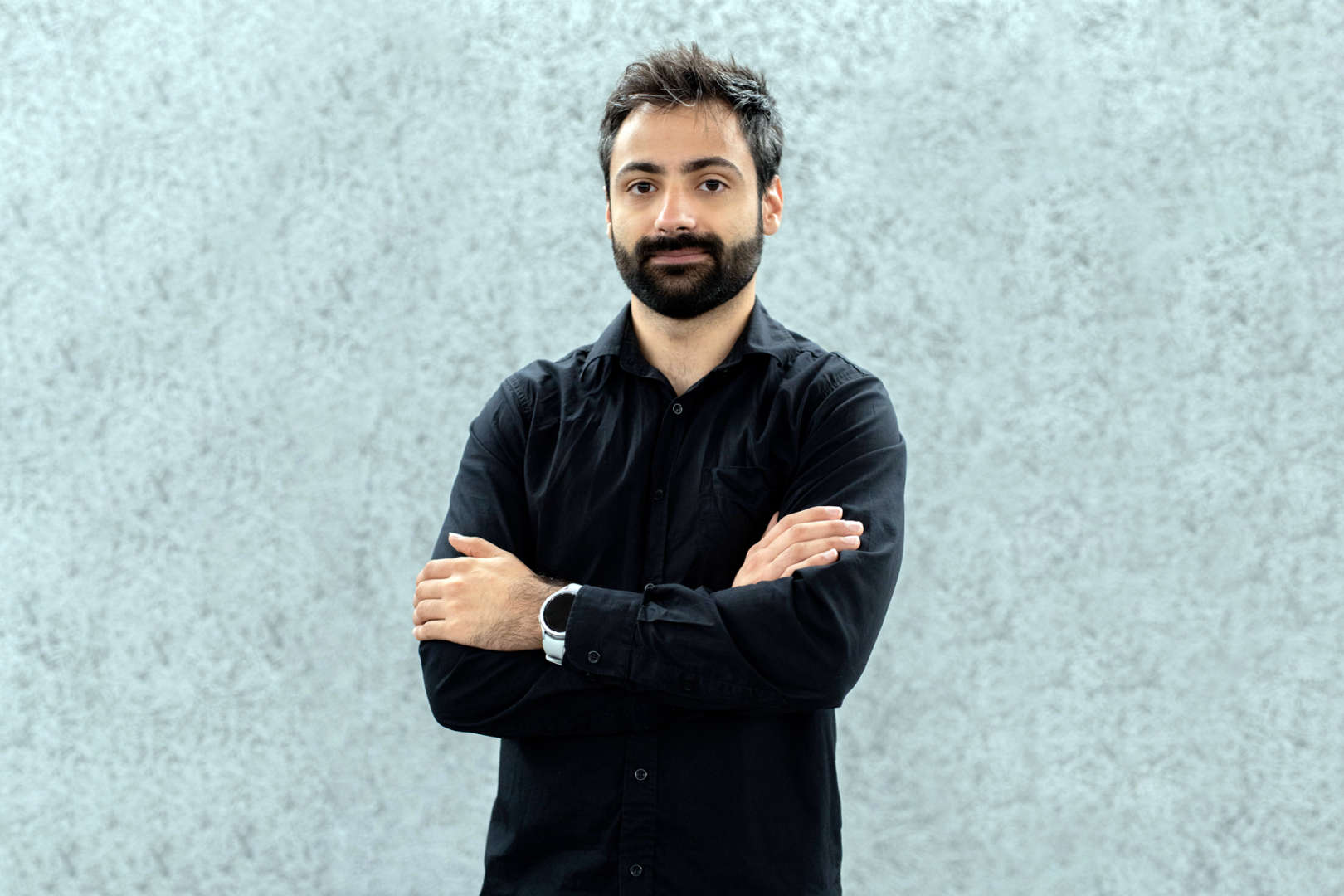Sobre
Guilherme Gonçalves é Investigador Auxiliar do INESC TEC da UTAD e Investigador Integrado no INESCTEC. É doutorado em Informática pela UTAD, especializado em Realidade Virtual e Ambientes Imersivos Multissensoriais. A sua investigação incide sobre a percepção humana do realismo em ambientes de realidade virtual e possuí experiência no desenvolvimento de ambientes 3D. Participou em vários projetos de realidade virtual, assim como acompanhou e desenvolveu vários cenários imersivos e aplicações de realidade virtual multisensorial.


